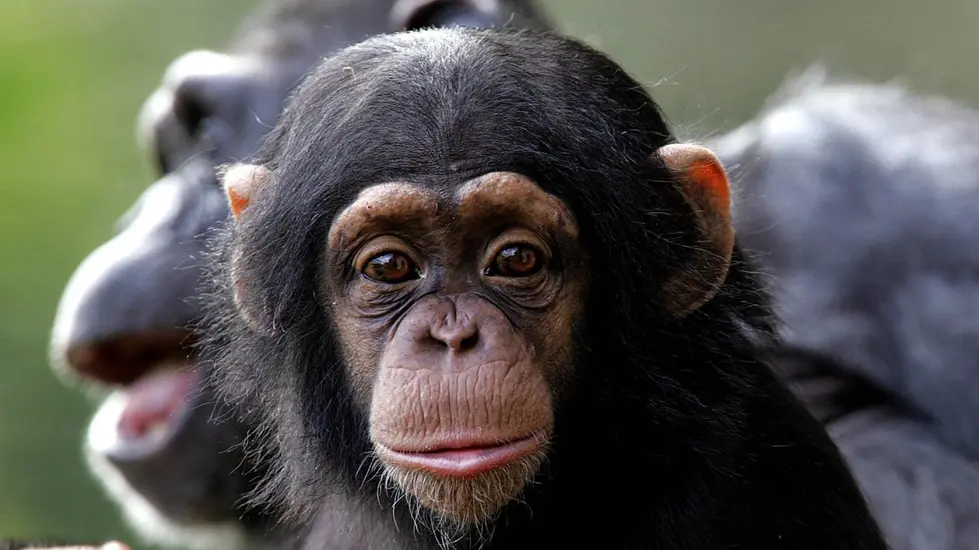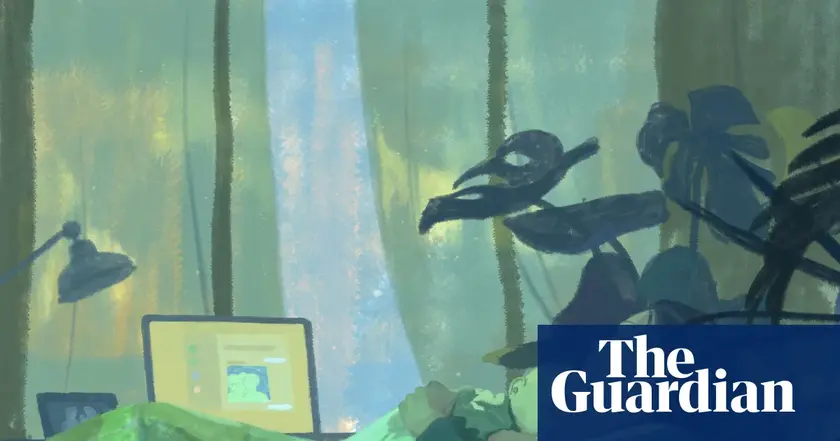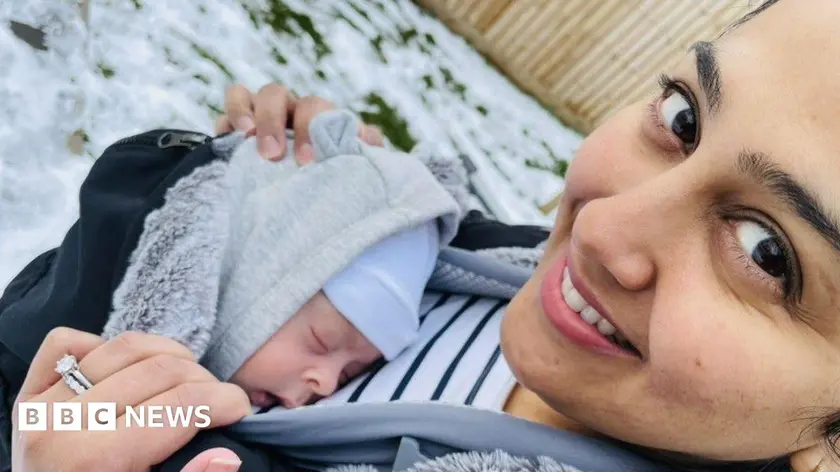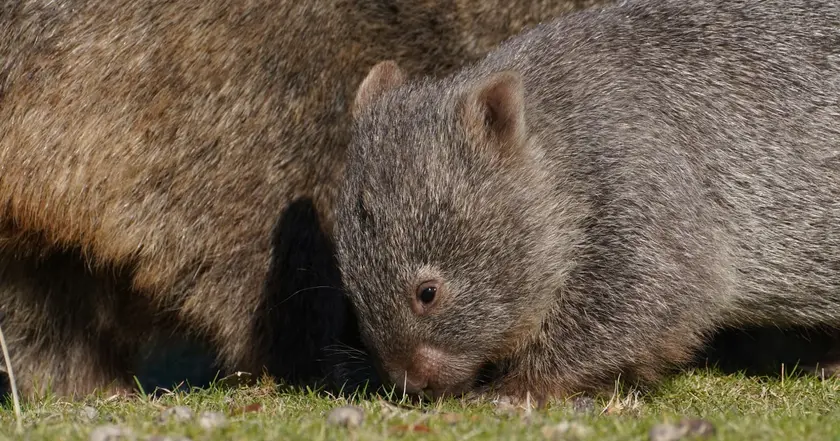T4K3.news
Chimpanzee babies learn from mothers
A new study shows young chimpanzees learn communication patterns from mothers rather than fathers in Kibale National Park.

A new study finds that young chimpanzees imitate vocal and visual communication patterns learned from their mothers, highlighting deep social learning.
Chimpanzee babies learn from mothers not fathers
A study published in PLOS Biology by Joseph Mine and colleagues tracks how juvenile chimpanzees learn vocal and non-vocal signals. Fieldwork in Kibale National Park, Uganda, with the Kanyawara community of about 60 chimpanzees, involved months of close observation and analysis. The researchers cataloged a repertoire of 108 vocal-visual combinations that occur together more often than expected by chance, and they found that individuals related through their mother produced similar numbers and kinds of these combinations.
Paternal relatedness showed no such pattern, suggesting that learning from mothers, rather than genes alone, shapes these communication styles. The results imply that a mother's social influence acts as a social template that persists into adulthood. The finding echoes a human pattern where babies learn language and gestures from the people around them and may point to an ancient capacity for social learning shared with other apes.
Key Takeaways
"The mother becomes a young chimp's social template."
Mine describes maternal influence as the social template for learning.
"There is a kind of signature within the group composed of you and your mother and your maternal siblings."
Mine notes a familial pattern in learned combinations.
"We're seeing such similarities across the ape species."
Cat Hobaiter comments on broader implications for primates.
"This fact that we acquire parts of our communication socially seems to be potentially a very ancient trait."
Mine highlights the deep roots of social learning.
The study strengthens the view that language-like traits arise from social learning. Seeing a maternal signature in adult chimpanzee communication frames language as something that travels through generations via observation and practice, not just biology. If humans share this path, it places early caretaking at the center of language evolution.
Yet the work has limits. It focuses on one community, and researchers must test whether these patterns hold across other groups and species. If replicated, the idea would push researchers to rethink what counts as a language precursor and how social networks drive cognitive development.
Highlights
- The mother shapes a young chimp's voice and gestures.
- Learning runs through family lines.
- We may be looking at an ancient social trait.
- Chimpanzees show how roots of language may lie in social bonds.
Future work will broaden our view of how social learning shapes communication across species.
Enjoyed this? Let your friends know!
Related News

Jodie Brain opens up about post-adoption depression

Mother identifies rare genetic disorder through global community

Mother fights to save her daughter from mental illness

Editorial take on Freaky Friday ethics

Breastfeeding support helps mums in Gloucestershire

Body quirks draw online attention

Mother considers role in granddaughter's life after sperm donation

Influencer Sam Jones apologizes for wombat incident
